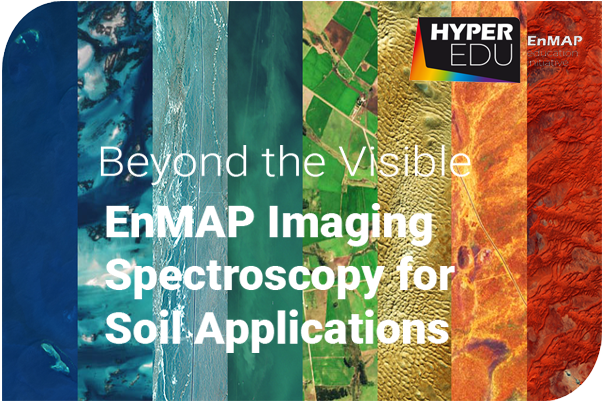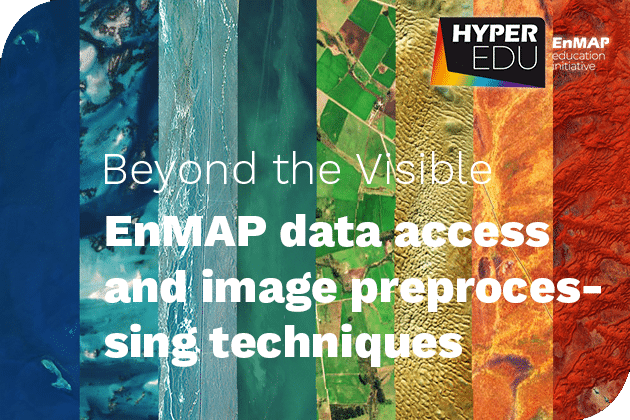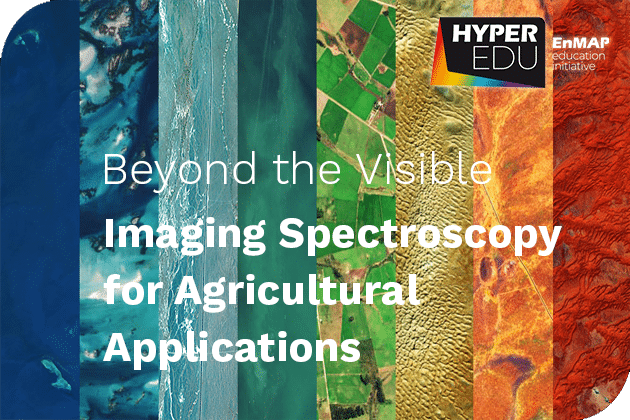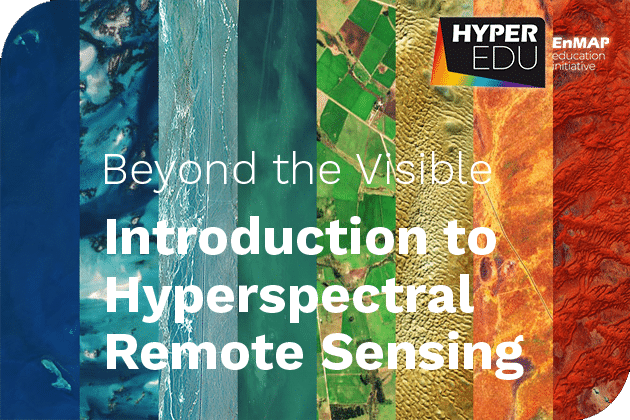This resource provides a comprehensive introduction to the application of imaging spectroscopy in a soil context. Besides giving a good overview on the fundamentals of imaging spectroscopy specifically for soil applications, this mini-MOOC offers in-depth details on the properties that can be retrieved from hyperspectral imagery, how to collect data in the field, as well as the option to participate in two expert-led hands-on training exercises.
This document contains the entire interactive MOOC “Beyond the Visible – Imaging Spectroscopy for Soil Applications”, published in the first version in June 2024. However, users who want to complete the course with a certificate need to participate in the course and pass the final quiz of the online version of the course.






Responses